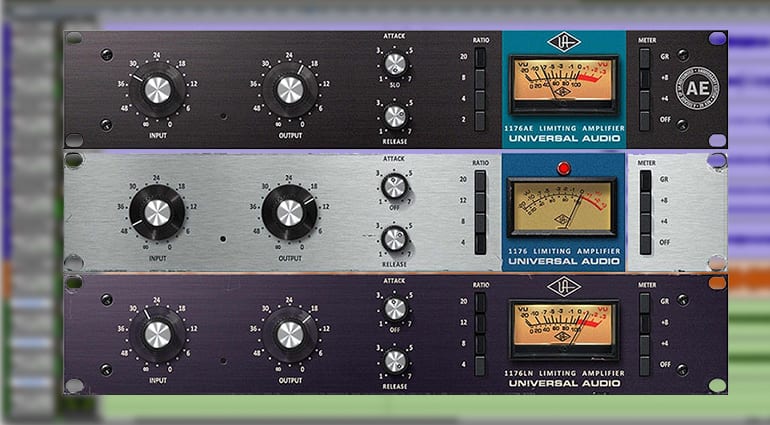

In practical terms, this means that these compressors are above all else smooth.


These compressors tend to be capable of fast attack times, but generally offer a slower and often program-dependent release.

The name variable-mu refers to another definitive characteristic of this category of compressor: the gain reduction (“mu”) is highly dependent on source material, with the ratio of reduction fluctuating depending on incoming signal level. Most importantly, while many compressor designs incorporate vacuum tubes for color, these compressors rely on tubes for actual gain reduction. This category of compressors is defined by a couple of crucial features. Understanding the origins of the tools we use can go a long way to helping us get a handle on why the compressor that makes a vocal pop might also ruin a snare drum and vice versa.īroadly speaking, we can group hardware compressors and their software counterparts into four categories. Almost no compressor is going to be the best choice in all cases, just like no microphone is going to be ideal for all instruments or voices.Įven though, in the era of digital recordings, there are some unique options out there, most of the software compressors we rely on today are either inspired by or overt recreations of venerated studio staples from past decades. Many excel in particular circumstances but fall flat in others. On a macro-level, compression can be used to shape the overall dynamic arc of an individual track or an entire mix, fluidly attenuating the loudest moments and creating a sense of “glue” in a mix.Īs you’ve likely observed, not all compressors are created equal. This action is performed in a fraction of a second. On a micro-level, we can use compressors to sculpt individual transients, accentuating or flattening the attack of the sounds we feed into them. Attenuating the volume of incoming signal has some pretty varied potential applications. In practice, of course, things get more complicated. At the surface, their function is pretty easy to understand: they lower the level of incoming signal when it crosses a given threshold. Like any other hardware or software we use to capture and process audio, compressors are tools.


 0 kommentar(er)
0 kommentar(er)
